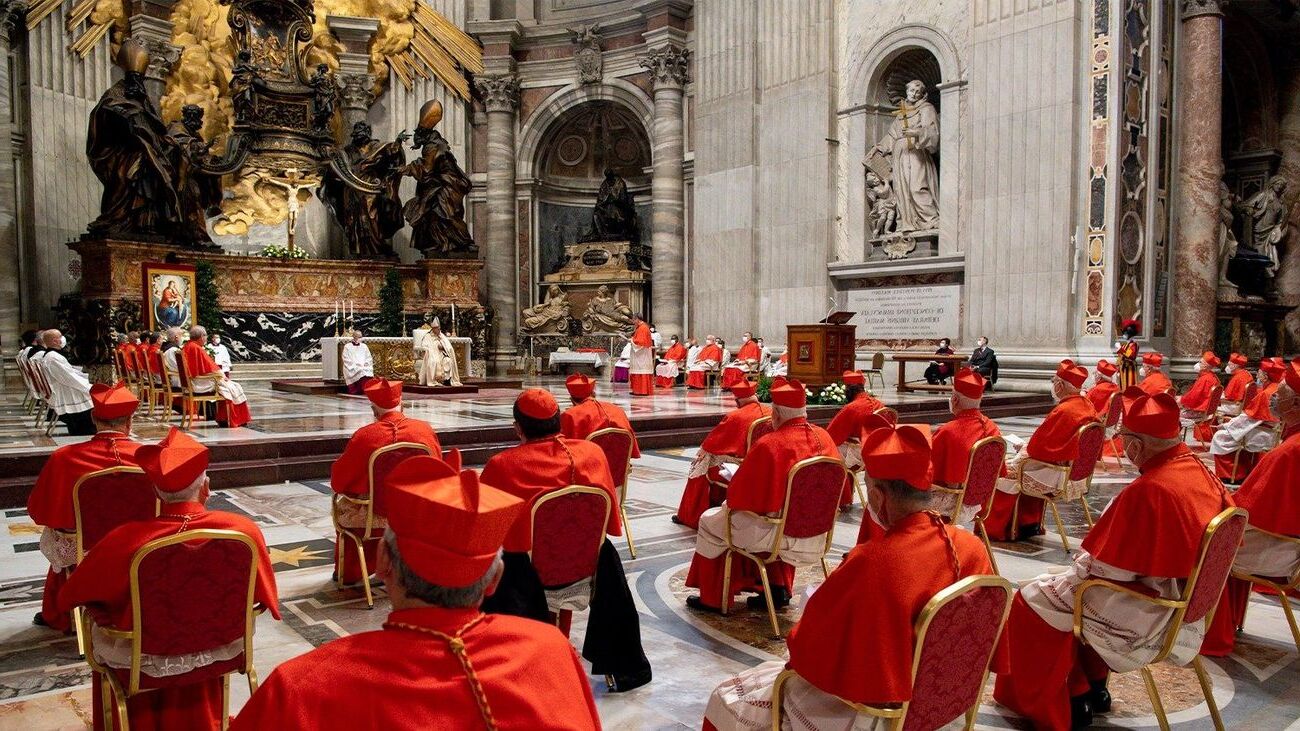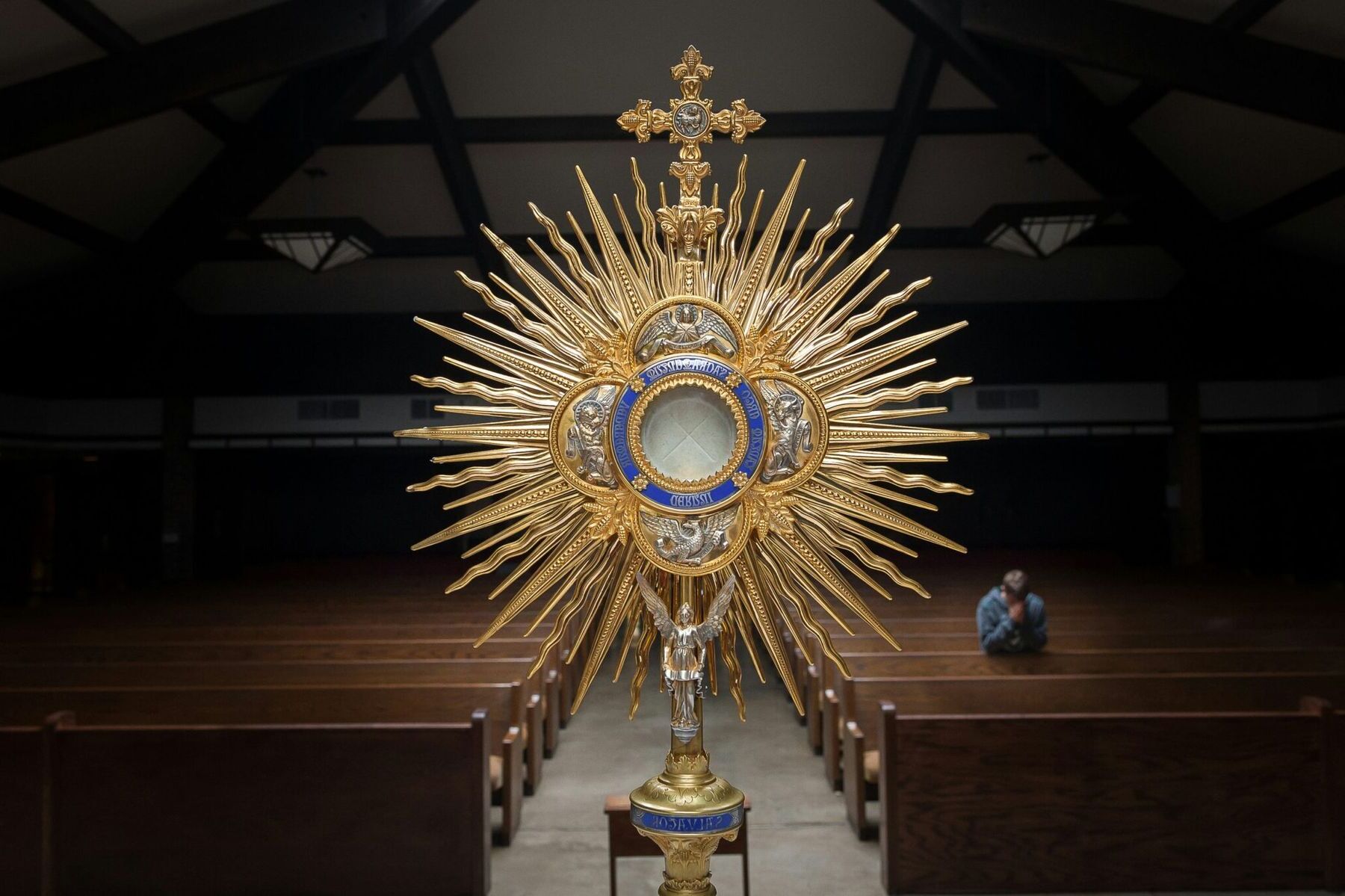
What is a conclave? A conclave is a secret meeting where cardinals of the Roman Catholic Church gather to elect a new pope. The term comes from the Latin "con clavis," meaning "with a key," because cardinals are locked in until they make a decision. This tradition ensures confidentiality and prevents outside influence. The process involves several rounds of voting, and a two-thirds majority is required to elect the new pope. The conclave takes place in the Sistine Chapel, famous for Michelangelo's ceiling. Once a decision is made, white smoke signals the election of a new pope, while black smoke indicates no decision yet.
What is a Conclave?
A conclave is a secret meeting where cardinals of the Roman Catholic Church gather to elect a new pope. This process is steeped in tradition and mystery, making it a fascinating subject. Here are some intriguing facts about conclaves.
-
The term "conclave" comes from the Latin word "conclavium," meaning "a room that can be locked."
-
Conclaves are held in the Sistine Chapel in Vatican City.
-
Cardinals under the age of 80 are eligible to vote in a conclave.
-
The first conclave was held in 1274.
-
Conclaves are conducted in strict secrecy. No communication with the outside world is allowed.
Historical Tidbits
The history of conclaves is filled with interesting events and changes. These facts highlight some of the most notable moments.
-
The longest conclave lasted nearly three years, from 1268 to 1271.
-
The shortest conclave took only a few hours in 1503.
-
The practice of locking cardinals in a room until they elected a pope began in 1274.
-
Pope Gregory X established the rules for conclaves after the lengthy 1268-1271 conclave.
-
The term "white smoke" signifies that a new pope has been elected. Black smoke means no decision has been made.
Modern Conclave Practices
Modern conclaves have evolved, but many traditions remain. These facts shed light on current practices.
-
Cardinals take an oath of secrecy before the conclave begins.
-
Electronic devices are banned during the conclave to prevent leaks.
-
The Sistine Chapel is swept for bugs and surveillance devices before the conclave starts.
-
Cardinals stay in the Domus Sanctae Marthae, a residence within Vatican City, during the conclave.
-
Meals are simple and communal, reflecting the solemn nature of the event.
Fun Facts
Conclaves aren't just about solemnity and tradition. Some fun and quirky facts add color to the process.
-
Cardinals use paper ballots to vote, which are burned after each round of voting.
-
The ballots are burned with chemicals to produce either black or white smoke.
-
The phrase "Habemus Papam" (We have a pope) is announced when a new pope is elected.
-
The new pope chooses a papal name immediately after being elected.
-
The newly elected pope appears on the balcony of St. Peter's Basilica to greet the public for the first time.
Final Thoughts on Conclave
Conclave remains one of the most fascinating events in the Catholic Church. From the secrecy surrounding the voting process to the rich traditions upheld, it’s a blend of history and mystery. Cardinals gather in the Sistine Chapel, cut off from the outside world, to choose a new Pope. This process has evolved over centuries but still holds true to its roots. The white smoke signaling a decision and the famous "Habemus Papam" announcement are moments watched by millions. Understanding these facts gives a deeper appreciation for the rituals and significance behind Conclave. Whether you're religious or just curious, the details of this event are undeniably intriguing. So next time you hear about a Conclave, you'll know a bit more about what goes on behind those closed doors.
Was this page helpful?
Our commitment to delivering trustworthy and engaging content is at the heart of what we do. Each fact on our site is contributed by real users like you, bringing a wealth of diverse insights and information. To ensure the highest standards of accuracy and reliability, our dedicated editors meticulously review each submission. This process guarantees that the facts we share are not only fascinating but also credible. Trust in our commitment to quality and authenticity as you explore and learn with us.


